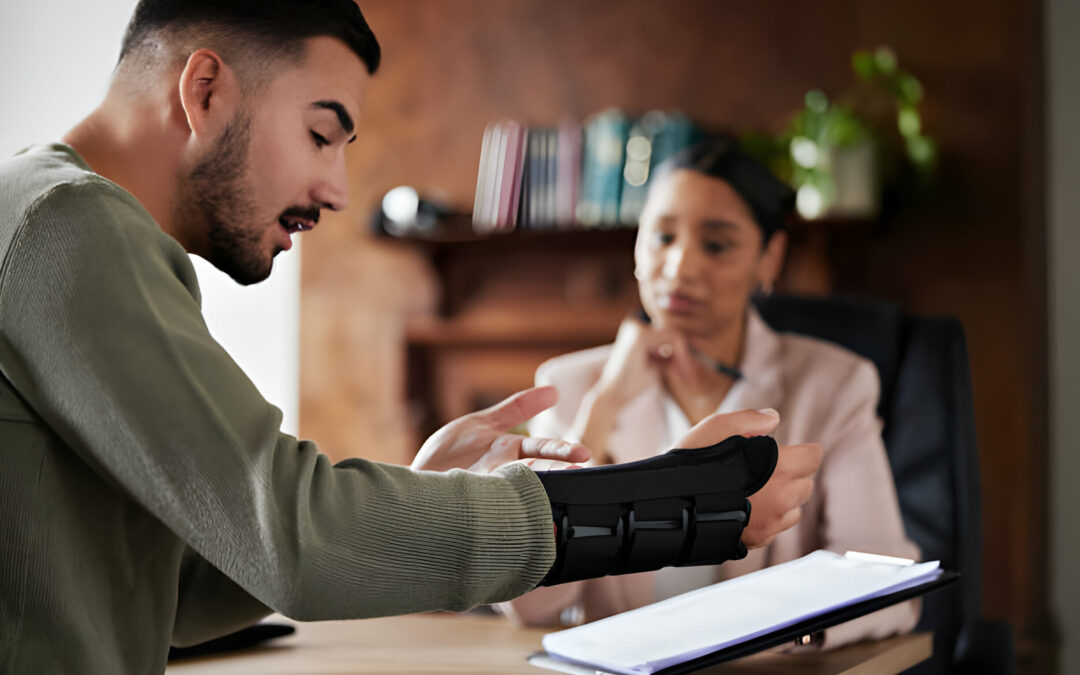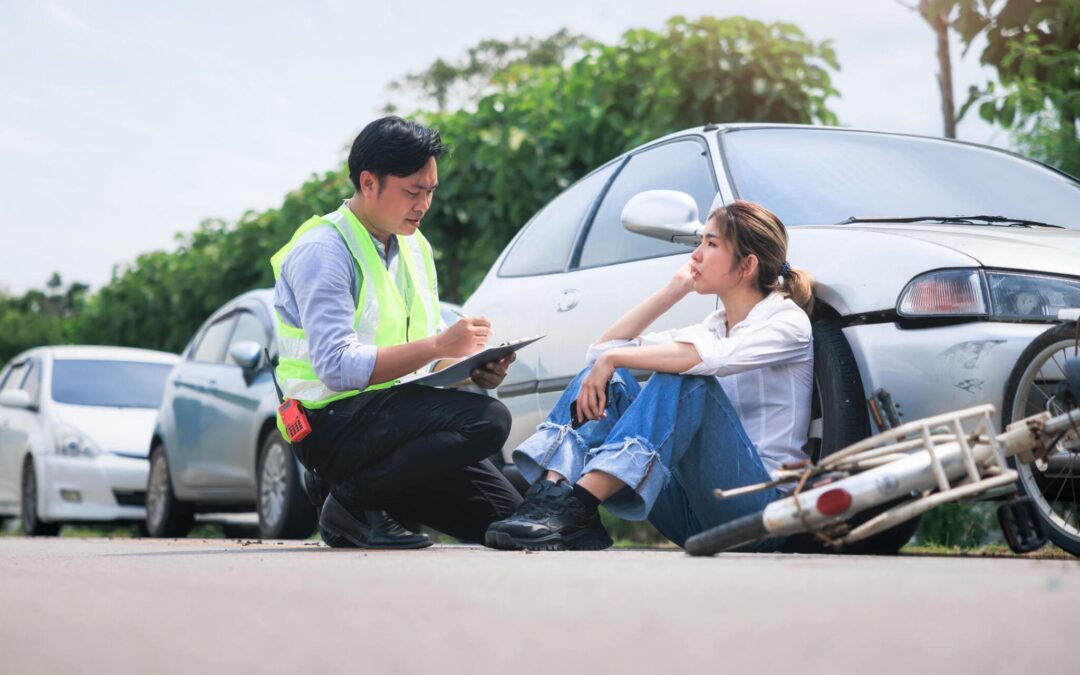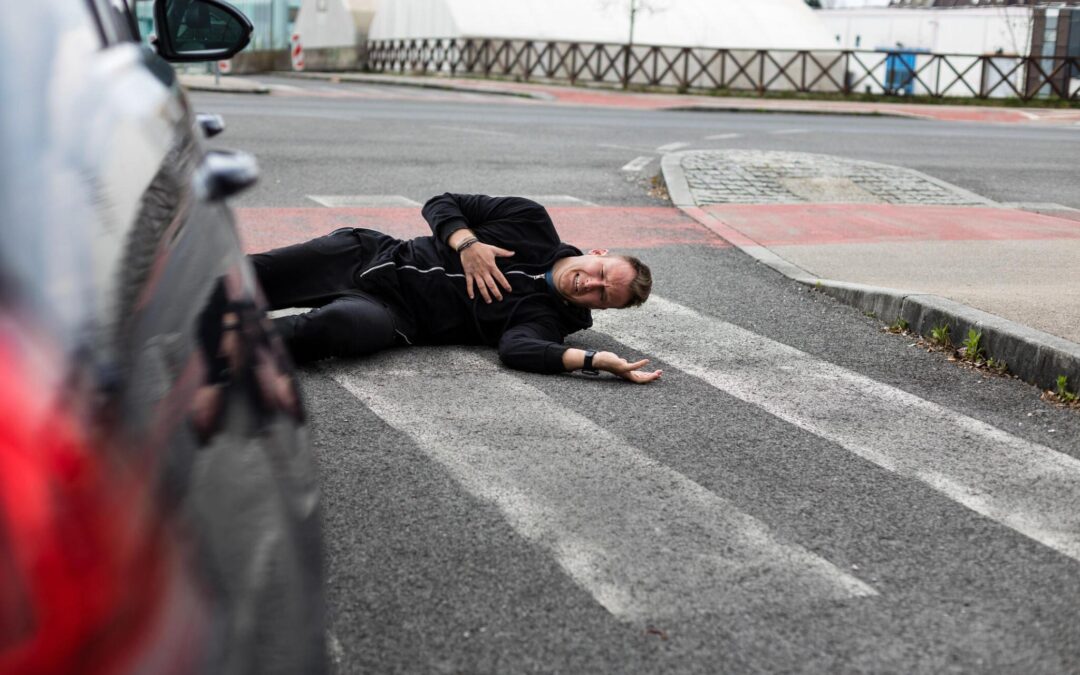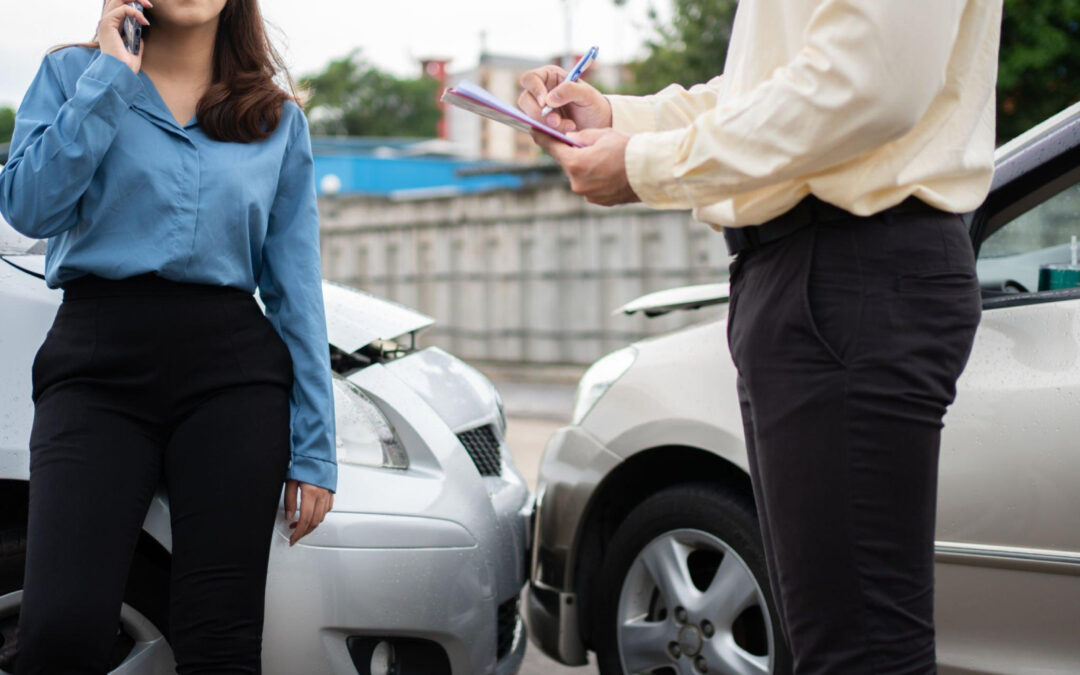Picture this: you’re driving down a Florida road, and suddenly you spot a pedestrian attempting to cross. But do you know who has the right of way? Accidents involving pedestrians are some of the deadliest on the road, and the stakes are high. To help you stay informed, we’ve created this blog to answer the question, “Do pedestrians have the right of way in Florida?”
Do Pedestrians Have the Right of Way in Florida?
We often hear the age-old adage, “pedestrians have the right of way,” but let’s not forget that both drivers and pedestrians have a shared responsibility to stay safe. Pedestrians, just like drivers, must keep their wits about them and be aware of their surroundings. Likewise, as a driver, it’s essential to be alert, particularly in areas bustling with people on foot, so that everyone can navigate safely.
What is a Pedestrian?
Many people assume you’re a pedestrian if you’re not in a vehicle. But, it’s more complicated. A pedestrian is anyone on foot or using a wheelchair, rollerblades, or skates. Bicyclists are not pedestrians; they operate a vehicle and must observe road rules.
More: I Got Hit by a Car While Walking. What Now?
Who Has the Right of Way in Florida?
Technically, no one has the right of way in Florida. The law only states who must yield, which means everyone is responsible for avoiding accidents. However, there are rules to help pedestrians and drivers understand when they must yield to one another.
Pedestrians and Crosswalks
Marked crosswalks typically grant pedestrians the right of way, but drivers are only obliged to give way to pedestrians who have reached or are about to reach the midpoint of the crossing. Pedestrians must also exercise caution and avoid stepping onto the crosswalk if doing so puts themselves or the driver at risk. Meanwhile, motorists must yield to pedestrians who are crossing at an intersection with either a marked or unmarked crosswalk, as well as at mid-block crossings, unless a signalized intersection is nearby.
Adjacent Signalized Intersections
According to Florida statute §316.130(11), pedestrians are prohibited from crossing mid-block between two adjacent signalized intersections. In such cases, pedestrians must utilize designated crosswalks to cross the street. However, if one intersection is controlled by traffic lights while stop signs regulate the other, pedestrians can cross mid-block without using a marked crosswalk. But if traffic lights govern both intersections, pedestrians must proceed to the next marked crosswalk before crossing the road.
Pedestrians and Sidewalks
If a sidewalk is provided, pedestrians must walk on it and not choose to walk or run on the road. If there is no sidewalk, pedestrians are permitted to walk on the left-hand side of the road or on the shoulder, facing traffic. Walking with your back to traffic would leave the responsibility for your safety on the driver, and many motorists are distracted by smartphones or passengers.
When Do Pedestrians Not Have the Right of Way?
Although the “pedestrians have the right of way” principle is widely recognized, there are a few instances where pedestrians must yield to drivers for safety reasons. These situations include darting across the street at an undesignated spot, utilizing a designated overhead walkway or tunnel to cross, or abruptly jumping in front of a vehicle like an Olympic hurdler. Both drivers and pedestrians need to be mindful of each other’s movements to prevent accidents and ensure everyone arrives at their destination safely.
Safety Tips for Pedestrians
Strolling down the streets is an enjoyable activity, but as a pedestrian, you must always prioritize your safety. Here are some tips that will help you to have a safe and enjoyable pedestrian experience:
- Stay on the sidewalk: The sidewalk is your friend. Stick to it as much as possible. If there is no sidewalk available, walk as close to the edge of the road as possible. Never walk in the middle of the street.
- Cross at designated areas: Cross the street only where it’s safe. This includes crosswalks, pedestrian bridges, and underpasses. Avoid crossing the street in the middle of a block or between parked cars. It’s essential to be seen, so cross in well-lit areas and when other pedestrians are also crossing.
- Look both ways: Always look both ways before crossing the street. Look left, then right, and then left again. Make sure that there are no cars or bicycles coming your way. Keep in mind that some drivers may not follow the traffic rules, so be cautious and always expect the unexpected.
- Dress to be seen: Wear easily visible clothes to drivers, especially at night. You can opt for bright, reflective colors or wear accessories such as reflective vests, hats, or bands. Carrying a flashlight when walking at night is also a good idea.
- Stay alert: Be aware of your surroundings at all times. Keep your phone away and avoid using headphones, so that you can hear the traffic and other pedestrians around you. Being aware of your surroundings will help you avoid accidents and stay safe.
- Follow pedestrian signals: Pay attention to pedestrian signals and obey them. Don’t cross the street when the signal says, “Don’t Walk,” or when the crosswalk signal is red. Instead, wait until the signal changes and it’s safe to cross. Remember, safety comes first.
Contact Us for Legal Assistance
Now that you know the answer to the burning question, “Do pedestrians have the right of way in Florida?” you can confidently navigate the roads and protect yourself and others. Remember always to stay alert and take necessary precautions when crossing the street, especially in busy areas or during bad weather. However, accidents can still happen despite your best efforts.
If you or your loved ones have been involved in a pedestrian accident, it’s crucial to seek legal assistance to safeguard your rights and obtain fair compensation for any damages or injuries sustained. Pacin Levine, P.A. is a leading personal injury law firm based in Florida, with a team of experienced attorneys specializing in pedestrian accident cases. Contact us today at 1-800-24-7-CRASH (2727) for a free consultation and find out how we can guide you through the legal process and help you attain a positive outcome.












